Drones have revolutionized the way we take both photos and videos. We can now take high-quality images dozens of meters from our actual location both laterally and vertically. We can put our cameras in places inaccessible to us. They are amazing tools.
However as the growth of the drone market accelerated, so did the misuse. As the misuse grew, so did the regulations and legal requirements.
These days drone flying is a highly regulated industry/hobby. We need to register, take tests, and understand the capabilities and limitations of our drones. That’s a very good thing. We have concrete, defined rules that ensure that we operate our drones safely.
However, beyond the rules, there are many things that we can do as drone pilots to further improve safety and reduce incidents of drone rage. Today we are going to take a look at them.
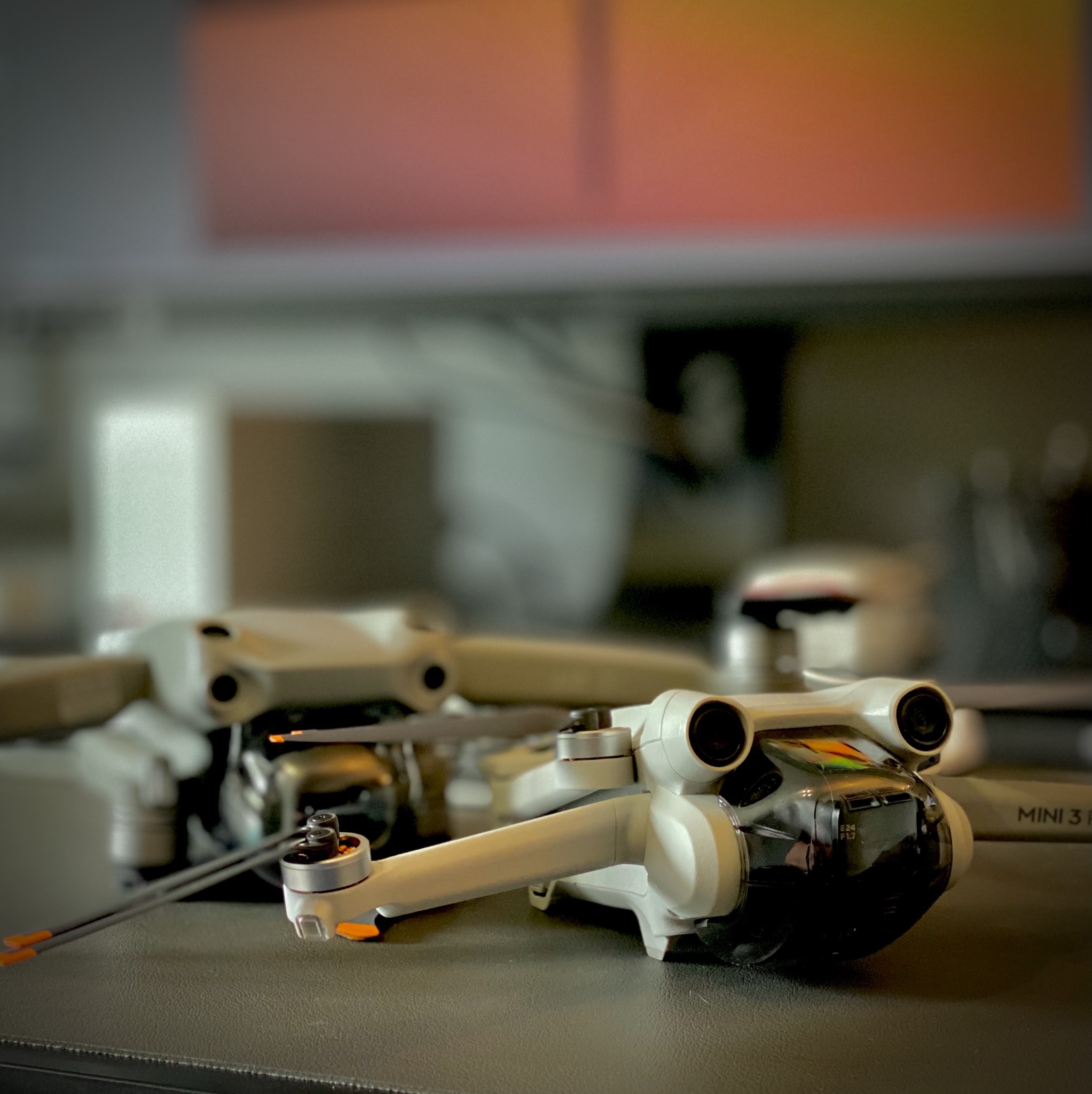
Drone Safety – Pre-Flight
The first and most important thing we can do to reduce risk during our flight is to plan. We have so many tools at our disposal and we should use all of them well before we fly. The three main areas we should look at are:
- Air Traffic Control and Notams
- Weather
- Location
Air Traffic Control
Before we go to any locations we should pull up maps from the local aviation authorities. We should check for proximity to airports, low-flying zones, and activities such as hang gliding.
Many countries also have restrictions near military bases, stadiums, and prisons. In some cases, these restrictions are eliminated if you have a certain level of proficiency.
You can often unlock these zones via your drone’s app and agree to stay within the limitations of these restrictions. A classic example of this is stadiums. Most of the time a stadium is not being used and does not present an increased risk to safety. You can safely unlock the restriction so long as there is no crowd present in the stadium.
Checking local aviation notes is also important. There might be a helicopter operating in the area that you intend to fly, or perhaps a larger professional drone operation going on.
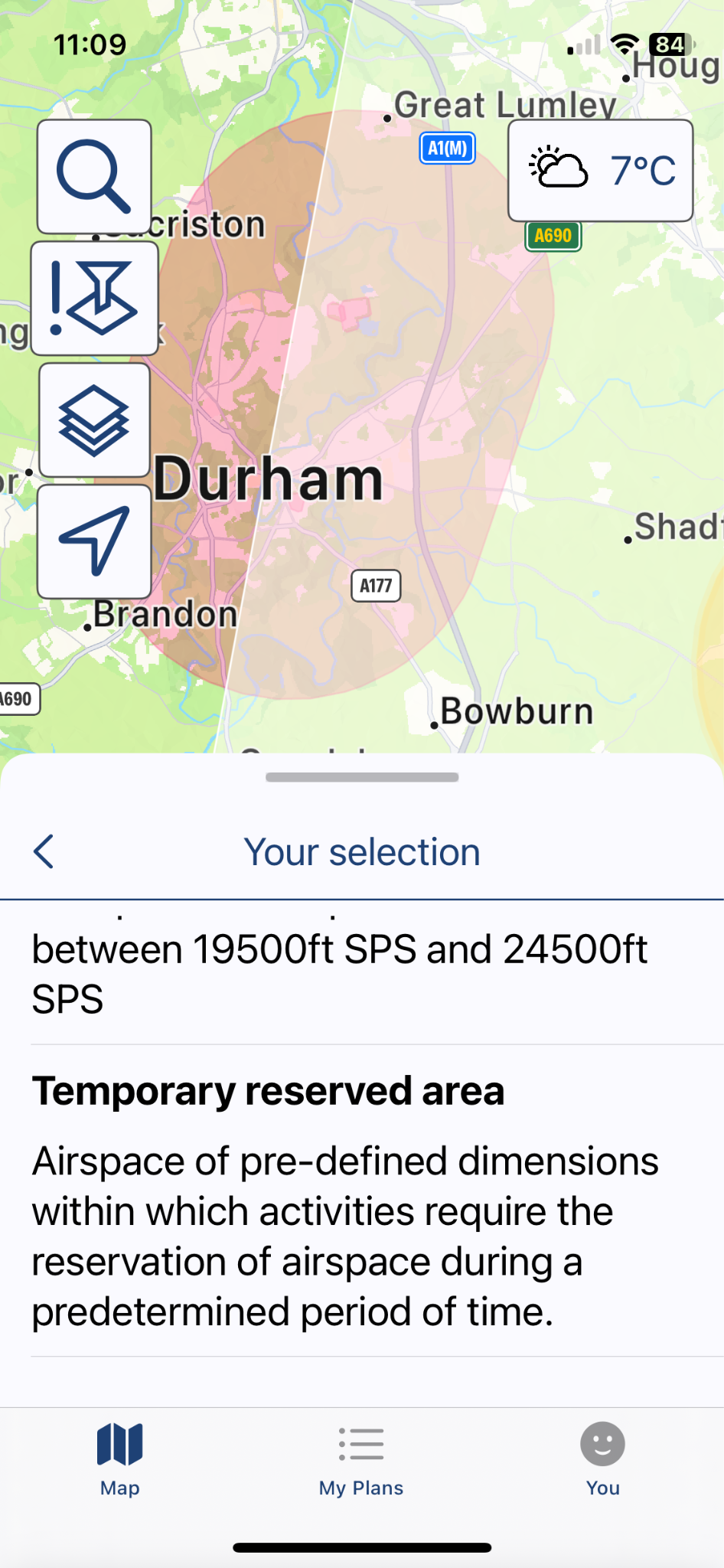
Weather
Good weather is vital to safe drone flight. Check the night before you intend to fly, just before you set out, and before you take off. There are several excellent drone-oriented weather apps available. You are looking for wind speed, air temperature, dew point, and number of satellites. Your manufacturer's manual will detail the limitations of your drone. It’s important to understand them and stay within them.
Temperature and dew point can give an indication of icing, even if the ground temperature is above 0C. As you climb the temperature will become lower and you risk the build-up of ice on your propellers. This will easily bring a drone down.
Even if the wind is inside the limitations, be aware of the wind direction. Flying with the wind outbound means your drone will have to work harder and drain more battery to return.
Visibility is also important. Most aviation authorities require line of sight for your drone. If the visibility is low, you risk losing sight of your drone.
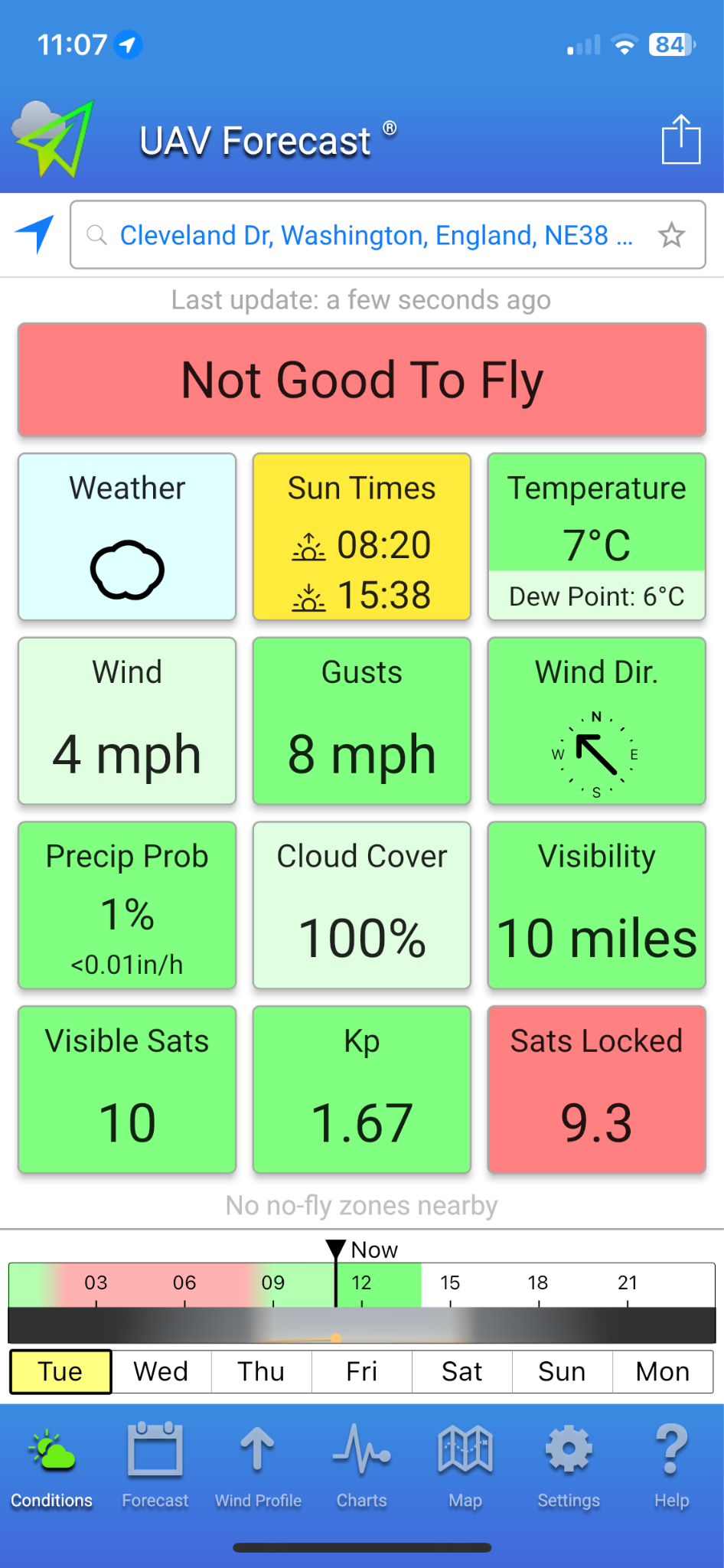
Location
Google Earth and Street View are essential tools for preflight planning. We can look closely at our chosen locations and find potential risks such as roads, railways, buildings, and pylons. We can also use Google Earth’s distance tool to work out the optimum point from which to fly the drone to our chosen subject. We can also see the radius within which we can safely fly.
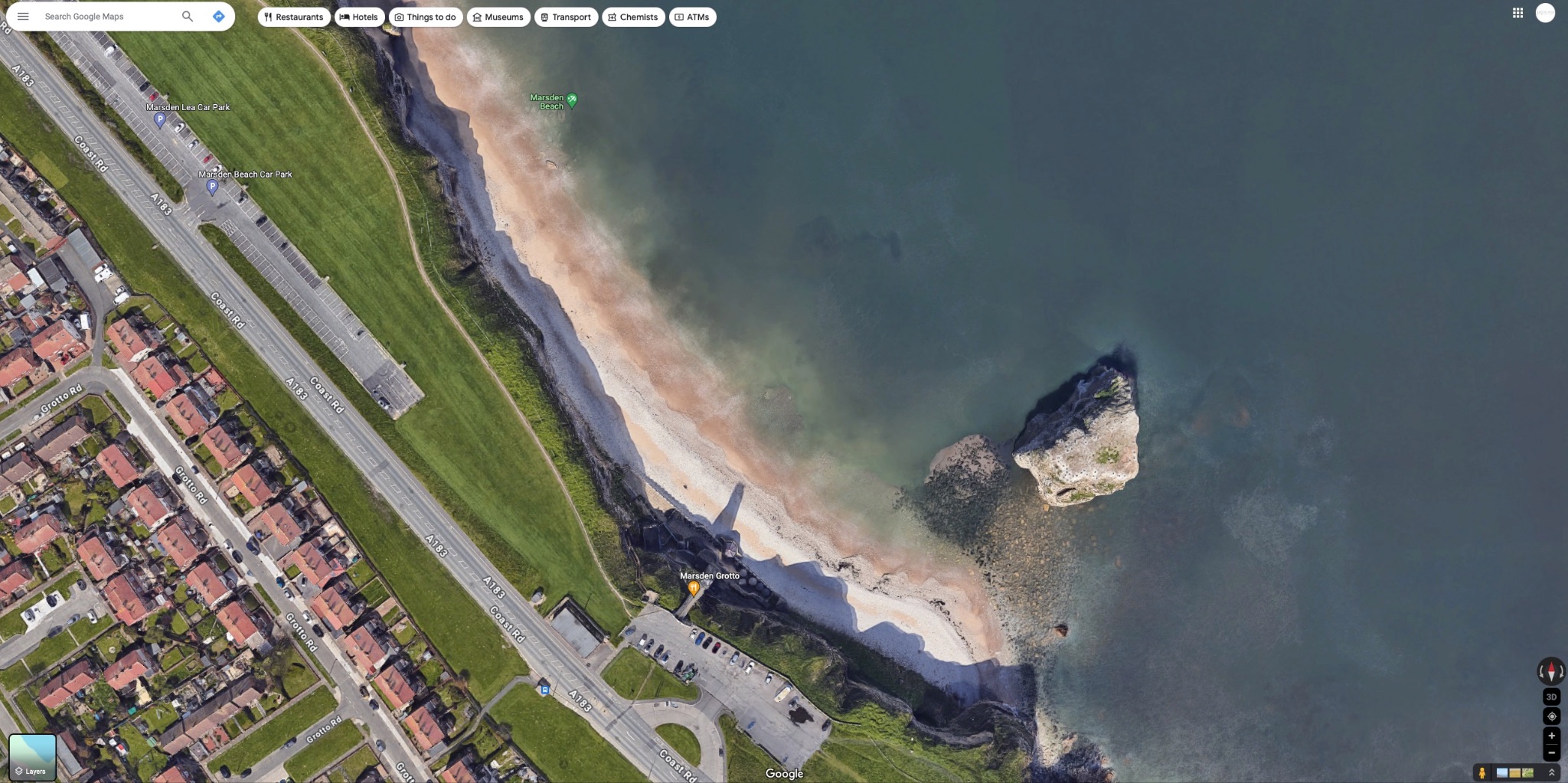
Drone Safety – Flying
Before we commit our drone to the air, we should carry out several checks. We start with the weather, again making sure that we are within limitations. We should make a visual appraisal of the area from where we will fly, looking for potential hazards we had not seen on Google Earth
We should also evaluate the risk to people in the area. Depending on the class of drone and your own qualifications you will know how close you can be to uninvolved people. If there are more people in the area than you had anticipated, it might render flight too risky.
Before we start the drone we should examine it for defects. Most commonly these will be chips or pitting in the propellers. If you see this, swap out the props for new ones. Battery condition is also important. The best practice is to charge all batteries, including the controller, the night before flying. Then as you put a fresh battery in the drone, make sure you have close to 100% power before flying. Make sure the battery is properly pushed into the drone and will not come loose in flight.
Once in the air, do a few small maneuvers in all directions to make sure the drone is behaving as expected. Once happy you can fly the drone out further.
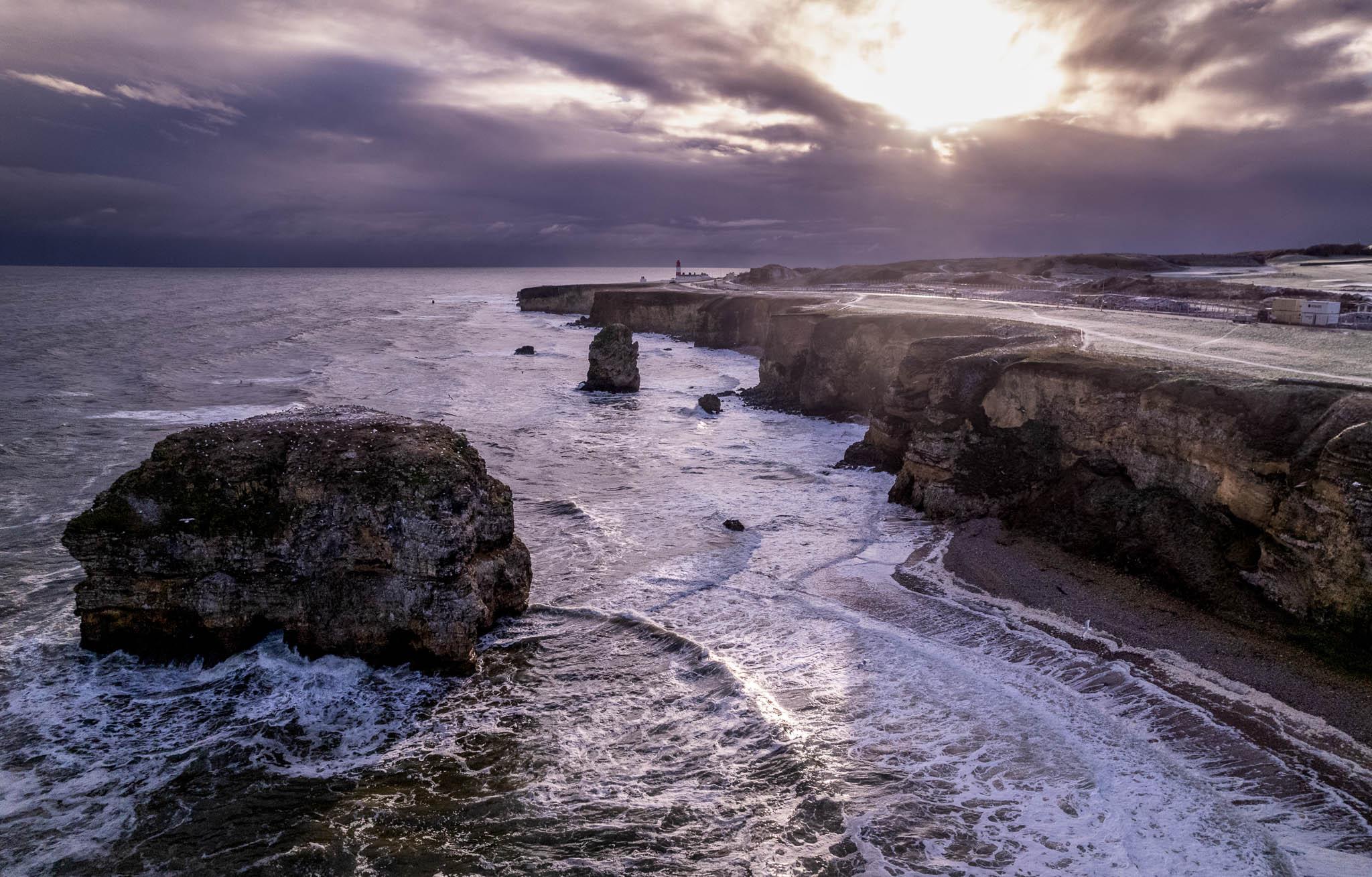
Drone Etiquette
Drone flying attracts attention. Most of the time that will be positive attention from people that are genuinely interested. Sometimes, however, it will be negative or even hostile attention. Be prepared for it and have a plan. The key is never to be distracted from the actual flight
If the attention is positive, explain to the person that you cannot talk to them whilst flying, but will be happy to talk once you have landed the drone. Most people will either wait or go on about their business.

If you encounter a rare hostile reaction, tell the person involved you are going to land the drone and then you can talk with them about it. Be open to their concerns but also be prepared to put your own point of view.
Good knowledge of drone laws and better still, a qualification can put you in a stronger position to win the person over. Don’t get angry with them, be polite and calm. If the person is intransigent, then it’s better to pack up and return another day or move to a backup location.
Always respect people’s privacy. Some countries have strict laws on privacy even in public places so be aware of them. Many countries do not assume a right to privacy in public places however you should always avoid trying to directly photograph individuals close up with a drone. Candid shots taken from afar as part of a wider scene are ok but again if confronted, stop shooting and move your drone elsewhere.
Summary
Drone regulations define many of the safety aspects of flying, however by using the information above, we can both reduce risk and help awareness among those wary of drones. Flying responsibly not only improves safety but also may reduce the need for further, more draconian regulation in the future, and that would be a very good thing.




